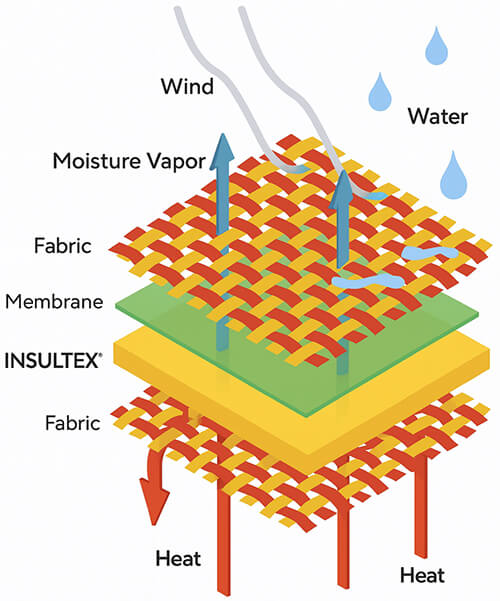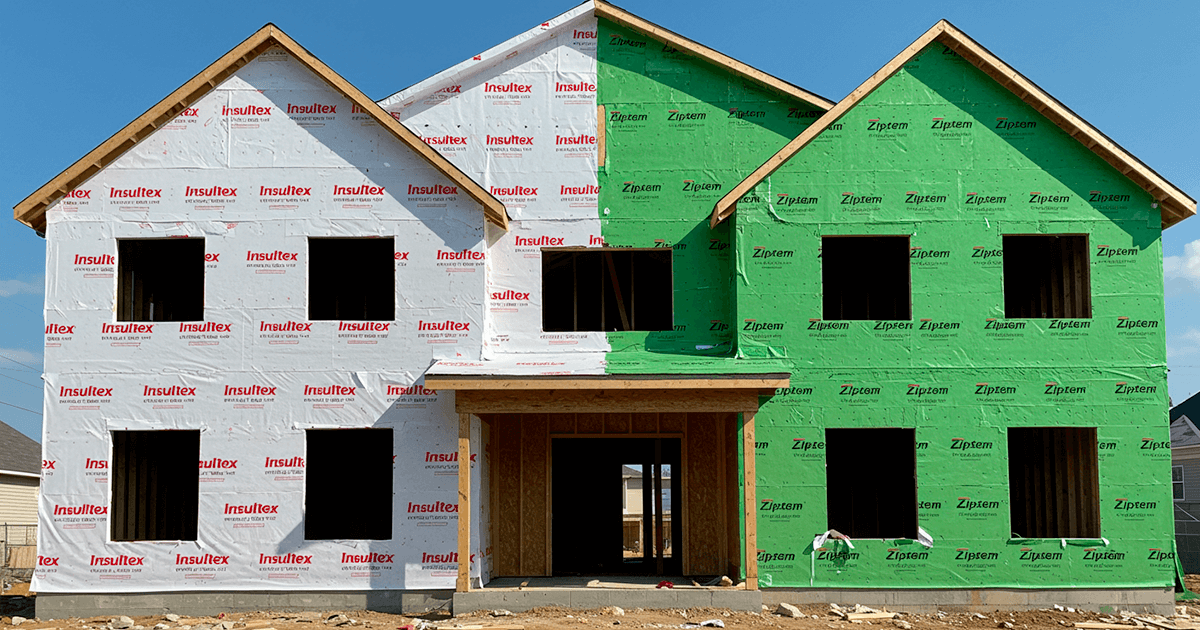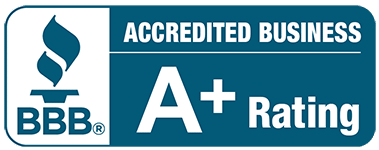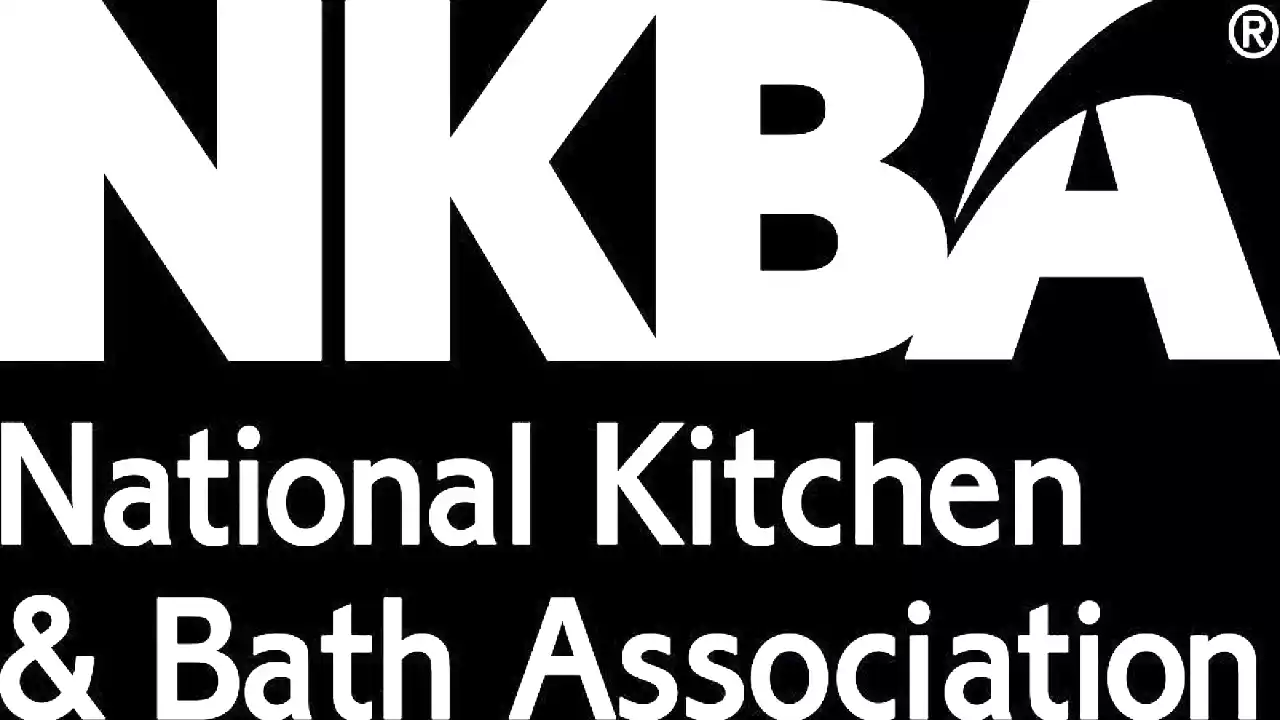Insultex House Wrap Review: R-6 Performance, Cost Savings, and Real-World Benefits vs. ZIP System
With electricity and heating costs climbing nationwide, homeowners are paying closer attention to long‑term energy efficiency. On many of our New Jersey builds, we’ve standardized on Insultex house wrap because it helps reduce utility bills and delivers thermal performance without adding wall thickness. As New Jersey and other states adopt stricter International Energy Conservation Codes (IECC), Insultex offers a straightforward way to meet modern insulation requirements while controlling construction and operating costs.
In this hands-on review, we compare Insultex R-6, referred to here as R-6.5 to reflect its combined value when paired with standard OSB and seam tape, with ZIP System R-6.5. We outline cost differences, highlight installation details, and address the most common questions from homeowners and contractors.

Editor’s Note: This independent field review was conducted by a licensed contractor team in New Jersey. We do not sell or distribute Insultex R-6; this article is published strictly for professional reference and education.
After hands-on use across multiple NJ projects, this review documents how Insultex performs on real job sites, how it compares to ZIP System R-6.5 on cost and detailing, and where it fits best in current IECC wall paths.
Pros
- Thermal control with minimal build-out
- Fast handling and standard WRB workflow
- Often thousands less than ZIP R-6.5 on whole-house walls
- Fewer window and trim extension issues
Cons
- Not an integrated sheathing panel
- Requires disciplined seam taping and flashing coordination
Best For
- Additions and re-sides where thickness is a problem
- Budget-sensitive builds seeking code-compliant U-factor paths
Not Ideal For
- Projects locked to integrated foam sheathing specs
Skim the cost comparison, then see our verdict. For test conditions, jump to methodology.
Why this review matters:
Our crew standardized on Insultex for many New Jersey builds and documented results to help other pros decide. This review shares field findings on performance, install workflow, code paths, and cost deltas versus ZIP System, plus candid pros and cons for real-world use.
Insultex is a thin insulated house wrap that delivers about R-6.5 with OSB and tape in just 1.5 mm of thickness. It installs like a standard house wrap, so most existing trim and window details don’t require modified jamb extensions which add material and/or labor costs. The minimal build-out keeps siding lines clean and helps prevent window jamb extension issues that often occur with thicker foam sheathing.
2021 IECC in NJ: compliant walls, lower costs
The good news for builders is that New Jersey now follows the 2021 IECC code for low-rise residential, which offers multiple compliant wall paths that don’t require bulky build-outs. For wood-frame walls in NJ Climate Zones 4 and 5, options include R-30 cavity, R-20 cavity + R-5 continuous, R-13 cavity + R-10 continuous, or R-20 continuous, with a U-factor alternative of U-0.045 also allowed. These requirements assure that assemblies using Insultex can be configured to meet these targets while keeping profiles slim, helping shave materials and labor costs that can be passed on to the customer. Always confirm with your local code official—requirements vary by jurisdiction and project.
Key benefits at a glance
- R-6.5 (with OSB and seam tape) thermal control with minimal added thickness, plus a tight weather-resistive barrier with taped seams
- Light rolls, fast handling, no changes at windows and doors
- Lower materials cost compared to integrated foam sheathing on whole-house wall areas

Real-World Performance: What We See In The Field
- Tighter envelopes on blower-door tests for comparable siding scopes
- Fewer trim build-out issues at windows, doors, and accessories
- Faster staging for re-sides and additions where changing the wall thickness adds additional labor/material/time costs
Methodology
This comparison uses a sample two-story colonial home measuring 40 feet long by 28 feet deep with gable ends, totaling 2,176 square feet of wall surface. Material prices are based on current retail estimates: OSB at $12 per 4×8 sheet (32 square feet), Insultex rolls at $430 per 500 square feet, and ZIP System panels at $75 per 4×8 sheet (32 square feet). Calculations cover materials only and do not include labor, fasteners, flashing, or accessories.
Growing National Adoption: Why More Pros Are Switching
Since the FTC matter was resolved and field results have circulated, interest has expanded beyond our region. Builders and inspectors in multiple markets are approving assemblies that use Insultex, citing cost control, slimmer walls, and straightforward detailing.
Key signals we’re seeing
- More plan reviewers approving WRB + Insultex wall sections
- Contractors replacing rigid foam where trim build-out is a problem
- Specifier inquiries from out-of-state additions and re-sides
Why it’s taking off
- Cost delta: Materials savings vs ZIP R-6.5 on whole-house walls (see cost comparison)
- Low profile: Near-zero build-out reduces window/door extension work
- Familiar workflow: Standard WRB install with taped seams
Where it fits best
- Additions, re-sides, and budget-sensitive shells
- IECC U-factor or prescriptive paths where exterior thickness is constrained
See methodology for test assumptions.
Try it on one project
Pilot Insultex on your next addition or re-side: submit the wall section with WRB plane, fastener schedule, and insulation layers, then compare blower-door and labor vs your current spec.
- Builders: Ask your supplier for a roll and run a side-by-side install timing.
- Suppliers: Stock core SKUs + seam tape; add a sample program for contractors.
- Installers: Follow WRB best practices—keep the wrap flat, seams overlapped and taped, integrate flashing per window manufacturer.
Supplier & Installer FAQ
- Where can I buy Insultex house wrap?
- Insultex is distributed nationally through major building-supply networks, including SRS Distribution (formerly National Building Supply), ABC Supply Co., Inc., QXO (formerly Beacon Building Supply), and 84 Lumber Company. You can also special order through most regional suppliers. Ask for the Insultex R-6 500-sq-ft roll with seam tape.
- Is installation different from standard house wrap?
- No. It installs using the same workflow, mechanically fastened and seam-taped over sheathing. Keep the wrap flat and tight to the substrate, overlap seams 6 inches, and integrate flashing per window manufacturer. No special tools, heat guns, or adhesives are required.
- Can Insultex be combined with other wall systems?
- Yes. It can serve as the primary WRB or be layered behind rain-screen battens, vinyl, fiber-cement, or masonry veneers. Assemblies that combine Insultex with cavity insulation typically meet 2021 IECC wall U-factor targets without adding wall thickness.
Cost Comparison: Insultex 6.5 vs. ZIP System R-6.5
Home sample: 2-story colonial, 40 ft long by 28 ft deep, gable ends
Perimeter 136 ft, wall height 16 ft, total wall area 2,176 sq ft
Materials used and math
- OSB 7/16 inch 4×8 sheets: 32 sq ft coverage, ~$12 per sheet → ~$0.38 per sq ft
- Insultex rolls: $430 per 500 sq ft → ~$0.86 per sq ft
- ZIP System R-6.5 panels: $75 per 32 sq ft sheet → ~$2.34 per sq ft
Whole-house walls
- Insultex + OSB: ~$1.24 per sq ft × 2,176 sq ft ≈ $2,698 (pure math)
- Rounded to buyable units: 68 OSB sheets ≈ $816 plus 5 Insultex rolls ≈ $2,150 → $2,966
- ZIP R-6.5: $2.34 per sq ft × 2,176 sq ft ≈ $5,092 – Rounded to buyable units: 68 ZIP R-6.5 sheets ≈ $5,100
Estimated materials savings with Insultex + OSB
≈ $2,100 to $2,400 on this house size
Get a fast, itemized quote for your project
Quick comparison table
For whole-house walls, Insultex + OSB reduces material cost by roughly $2k+ while avoiding build-out.
| Feature | Insultex R-6.5 (with OSB+Seam tape) | ZIP System R-6.5 |
|---|---|---|
| Assembly | Standard OSB plus Insultex wrap | Integrated OSB + ~1 inch foam |
| Approx R | ~R-6.5 combined | R-6.5 |
| Added thickness | Minimal beyond OSB | About 1 inch foam build-out |
| Install steps | Sheath, wrap, tape seams | Set heavy panels, tape seams |
| Window trim impact | Usually unchanged | Often requires jamb extensions |
| Materials cost on 2,176 sq ft | ~$2.7k to $3.0k | ~$5.1k |
| Best fit | Retrofits and additions where build-out is a problem | New shells where thicker walls are planned |

Install Notes That Matter
- Overlap and tape seams per manufacturer guidance.
- Flash openings with a compatible system and keep the wrap flat and tight to the substrate for best results.
- Coordinate WRB plane with window manufacturer instructions.
Code, Testing, And Legal Background In Plain English
Like many forward-thinking companies, Insultex’s R-value claims were challenged in federal court. The court sided with Insultex and awarded fees under the Equal Access to Justice Act. The case shows how innovative, industry-disrupting tech can face resistance, yet Insultex’s claims held up under legal scrutiny.

The decision is a win for builders and homeowners. It clears away doubt and puts Insultex on solid footing. Despite competitor noise during litigation, approvals have continued to grow as municipalities and inspectors sign off on projects using Insultex. In the field, plan reviewers focus less on any single product and more on the performance of the full wall assembly. What matters is the documented R-value or U-factor of the completed system. For builders, the approval path stays simple: submit your wall section, fastener schedule, WRB specification, and insulation layers just as you would on any other job.
Performance in Real Projects
From a reviewer’s perspective, the strongest evidence for Insultex comes not only from the courtroom but also from the job site. The material is extremely thin ( about 1.5 mm ) yet consistently delivers thermal control that competitors require an inch or more of rigid foam to achieve. In field use, the difference is immediately noticeable. Wall assemblies wrapped in Insultex tend to test tighter for air infiltration, which translates to improved comfort and reduced energy costs.
Another important observation is how the product integrates with trim details. Builders working with ZIP System R-sheathing or rigid foam often face the problem of extending window and door jambs, a step that adds both time and cost. With Insultex, the wall profile remains nearly identical to standard OSB sheathing plus housewrap, which allows the project to proceed without reengineering window details. That simplicity is one of the reasons many contractors now prefer it for additions and retrofits.
Why Insultex Beats ZIP and Foam on Cost and Build Simplicity
Price is often the deciding factor when choosing exterior insulation strategies. Insultex is not free, but when paired with conventional OSB it consistently undercuts ZIP System and many rigid foam solutions. On a two-story colonial with about 2,176 square feet of wall surface, the difference in materials cost between Insultex and ZIP System runs over two thousand dollars. That kind of savings is difficult to ignore in today’s market, especially when the thermal performance is essentially the same.
Rigid foam sheathing systems like ZIP System remains Insultex’s primary competitor. Other products in this category, such as OX-IS, DuPont ArmorWall, Hunter Panels Xci NB, and ci board assemblies including Atlas EnergyShield, DuPont Thermax, Halo Exterra, Kingspan GreenGuard, and ROCKWOOL Comfortboard, can reach similar or higher R-values. However, they do so by adding 1 to 1½ inches of exterior insulation, which typically requires jamb extensions, trim build-outs, and added flashing and labor. These systems also carry higher material cost per square foot. Insultex R-6.5 achieves comparable thermal performance in about 1.5 mm of thickness, minimizing those adjustments and keeping the project leaner and cleaner.
Adoption and Market Reception
A review of industry chatter, inspector approvals, and contractor testimonials shows momentum building around Insultex. Builders who once hesitated due to the FTC challenge are now using it freely, and inspectors in many jurisdictions are signing off on projects that include it. Homeowners benefit indirectly: the envelope of their home is tighter, energy use is lower, and the exterior profile remains crisp without oversized trim.
The market perception has shifted. Where skeptics once pointed to the lawsuit as a red flag, the dismissal of the FTC’s claims and the subsequent fee award have become talking points in favor of the product. It is increasingly being seen as a validated alternative to thicker, more cumbersome exterior insulation products.
Verdict: Insultex vs ZIP System
Insultex delivers code-compliant thermal control in a near-zero build-out profile. In our field use, it installs with a standard WRB workflow, integrates cleanly at windows and trim, and on the modeled 2,176-square-foot wall area, cuts material cost by approximately $2,100 to $2,400 compared with ZIP System R-6.5 while offering comparable thermal performance.
For additions, re-sides, and budget-sensitive shells, Insultex is a practical alternative to rigid foam. It provides less thickness, fewer detailing challenges, and growing acceptance in plan reviews. For a lean, reliable exterior insulation path, pair Insultex with OSB and taped seams as outlined above.
Author
Sources
- Huber Engineered Woods. ZIP System R‑Sheathing Product Data Sheet . Combined R‑values listed for 7/16 in OSB plus 1 in polyiso.
- ICC‑ES. ESR‑3373: ZIP System R‑Sheathing . Evaluation report for code recognition.
- BRC Laboratory. Certificate of Analysis: Insultex House Wrap R‑6 . Modified ASTM C518 with 0.75 in air gaps noted.
- Insultex House Wrap. Technical Data Sheet . Product properties and test references.
- International Code Council. 2021 IECC, Chapter 4 RE: Residential Energy Efficiency . Prescriptive R‑values and U‑factor alternative.
- New Jersey Department of Community Affairs. Current Construction Codes . Confirms NJ adoption of 2021 IECC.
Show 1 additional reference
- Johns Manville. AP Foil‑Faced Polyiso Continuous Insulation Data Sheet . Lists 1 in polyiso at R‑6.0.





